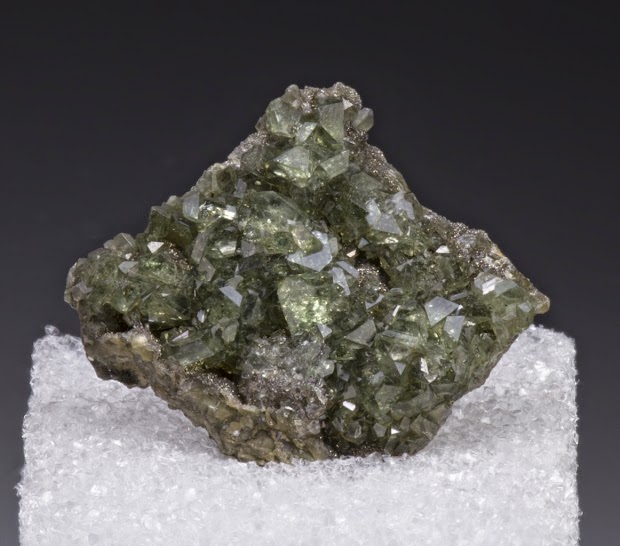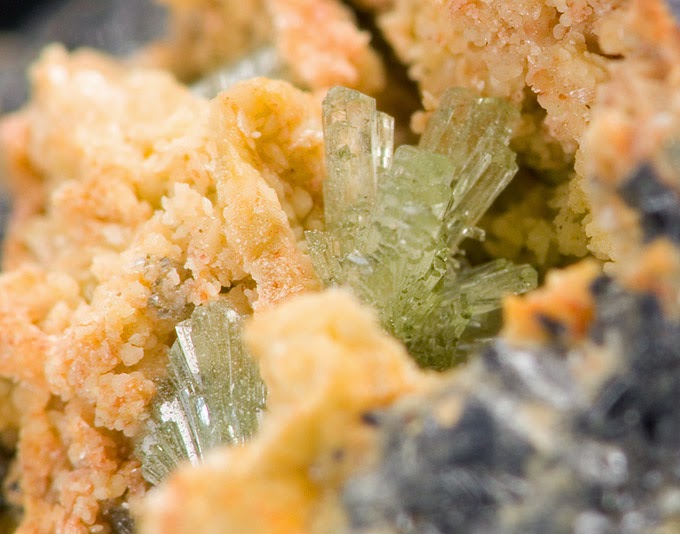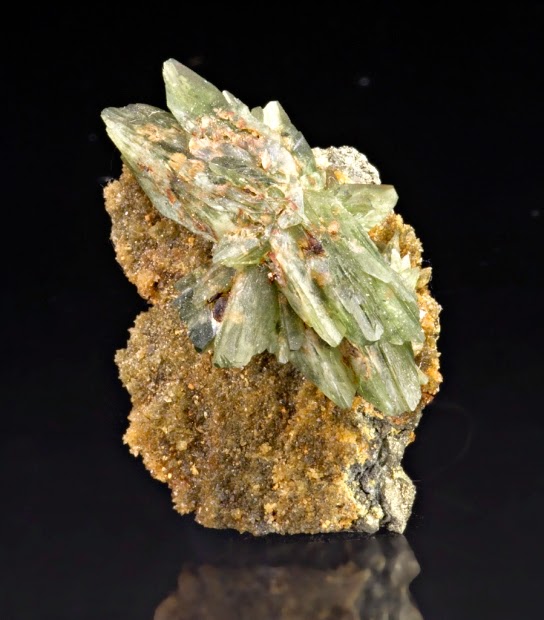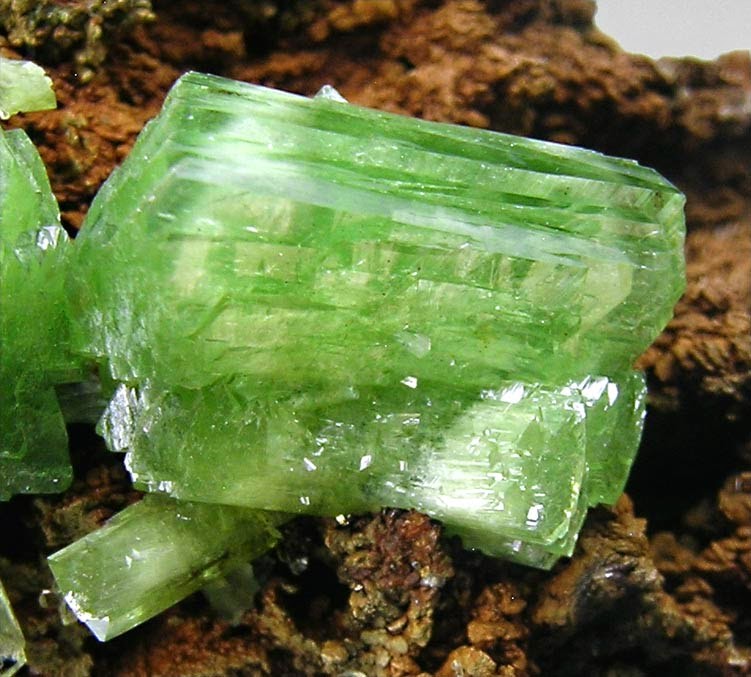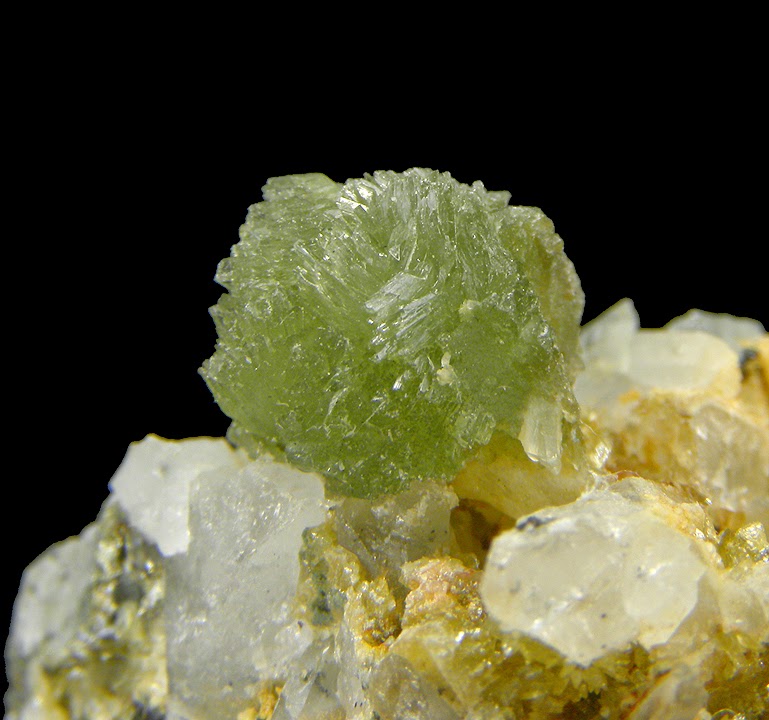
Chemical Formula: (Fe,Mn,Mg)3(PO4)2·4H2O
Locality: Wheal Jane, Kea, near Truro, Cornwall, England, UK.
Name Origin: Named for Henry Ludlam (1824-1880), English mineralogist and collector.
Ludlamite is a rare phosphate mineral with formula: (Fe,Mn,Mg)3(PO4)2·4H2O
It was first described in 1877 for an occurrence in Wheal Jane mine in Cornwall, England and named for English mineralogist Henry Ludlam (1824–1880).
History
Discovery date : 1877
Town of Origin : WHEAL JANE (MINE), TRURO, CORNOUAILLES
Country of Origin: ANGLETERRE
Optical properties
Optical and misc. Properties : Transparent to Translucent
Refractive Index: from 1,65 to 1,69
Axial angle 2V : 82°
Physical Properties
Cleavage: {001} Perfect, {100} Indistinct
Color: Apple green, Colorless, Green, Greenish white, Light green.
Density: 3.15
Diaphaneity: Transparent to Translucent
Hardness: 3.5 – Copper Penny
Luster: Vitreous (Glassy)
Streak: white
Photos :
